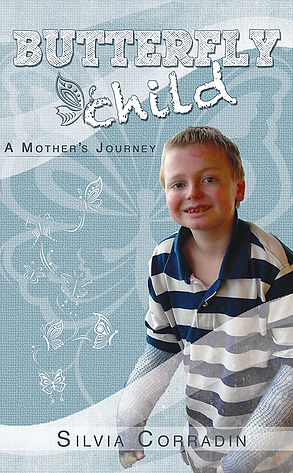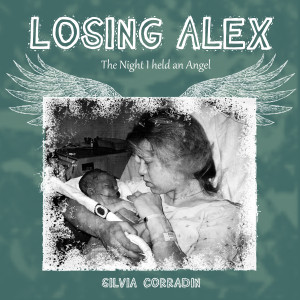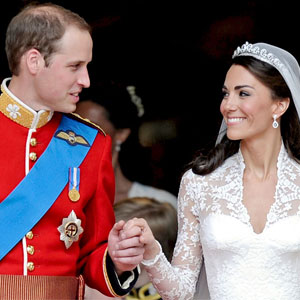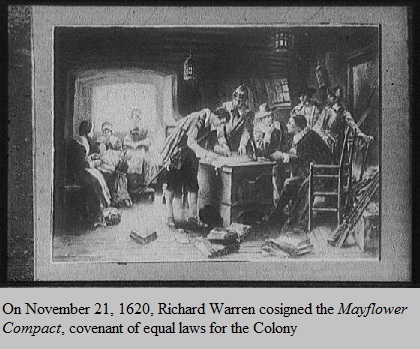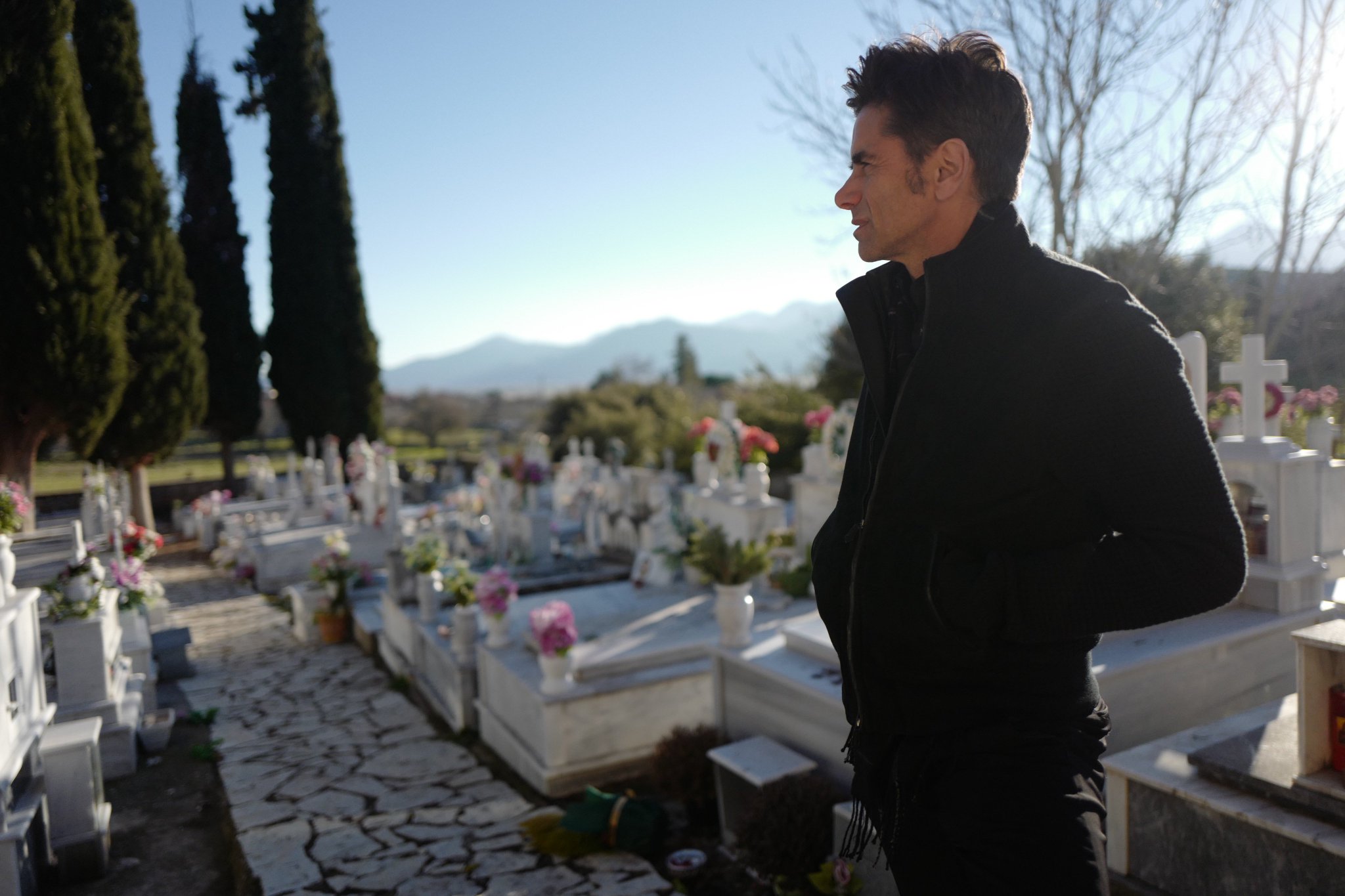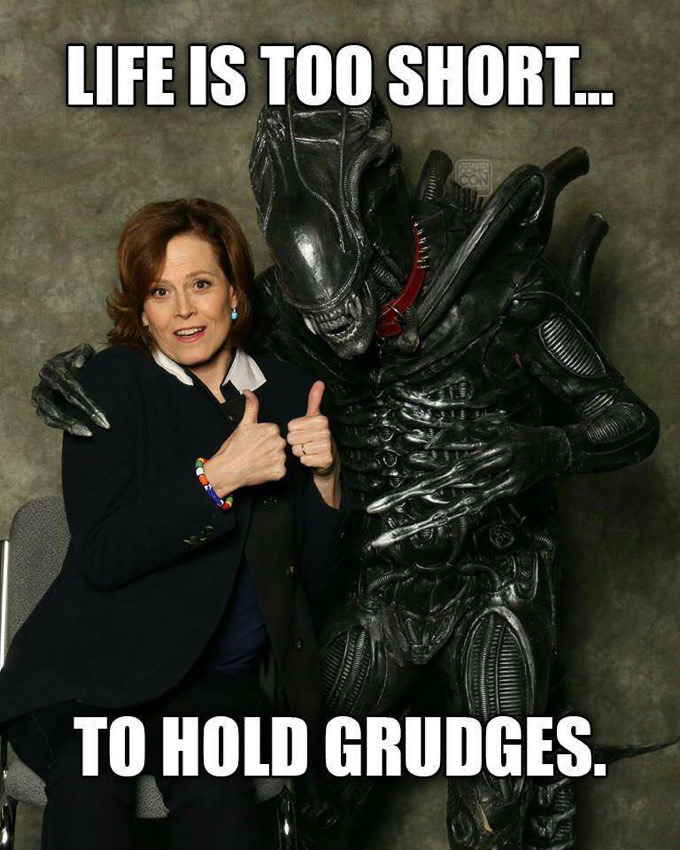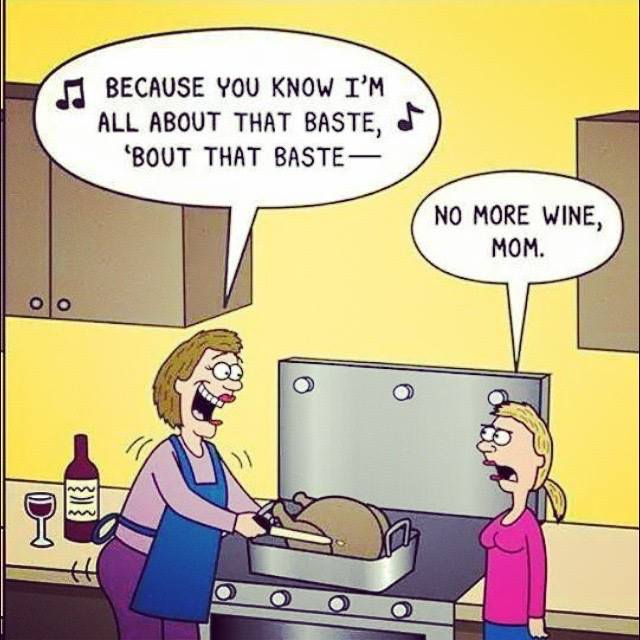About a year ago, when Prince William married Kate Middleton, I ran across an article that stated that the pair were actually 12th cousins, once removed. I was amused. Wow! Being an avid genealogist I think that these findings are quite remarkable. 12th cousins once removed, means the genealogists that researched their ancestries had to go back roughly 12-13 generations to find the common ancestor. Not a hard find since royal roots are well documented.
We always hear of these sort of things, I read in another article that President Obama was 9th cousin with Brad Pitt and Hillary Clinton and Angelina Jolie were 9th cousin twice removed.
What is this ‘removed’ business you may ask? It’s generational. Say your first cousin has a child. You and this child are not 2nd cousins, you are first cousin once removed. The grandchild of your cousin is still your first cousin, twice removed. Your children and your cousin’s child are 2nd cousins. Your grandchild and your cousin’s grandchildren are third cousins. Clear as mud, right? Ha Ha.
I was recently contacted by a long lost relative from Italy regarding our common great-great-grandfather, Giovanni Corradin, who was born in 1819. I found his baptismal record in the town church where he was born and it was an amazing find, considering it was all written in Latin. Thank goodness for my Latin lessons in 7th grade, I can’t believe they actually came in handy! At any rate, this long lost relative, as I found out, it’s actually my third cousin. My grandpa and his grandpa were first cousins, as our great-grandfathers were brothers. It made my day that he took the time to find me.
On that day, when I found Giovanni’s baptismal record, I also found out his father’s name was Leonardo (my great-great-great-grandfather), born sometime in the late 1700s. My newly found third cousin found all of this info online when I posted it in the early 2000s while his wife was pregnant with their second baby. When he saw that not only his great-grandfather but his great-great-great-grandfather were named Leonardo, he decided that if the new baby was a boy, they would name him that. When he found me he said it was because of me that he named his son Leonardo! Amazing, really.
It was about 3 weeks ago that I was able to make HUGE strides on my husband’s family tree. One of his mom’s ancestors, her dad’s mother, had a last name of Aldrich, which intrigued me, since one of my best gals I met while working at MicroAge was this great (and greatly missed) English woman whose last name was Aldrich and told me a few times of her famous roots. When I finally made the connection with the Aldrich’s in my husband’s tree, it was one for the books. Because of this one find I was able to trace this branch of the tree to one of the first Governors of Rhode Island (his 7th Great-Grandfather), a passenger on the Mayflower (his 10th Great-Grandfather), Knights, Medieval Noblemen and when I hit CharleMagne, my mouth dropped. Of course at this point, roughly 1200 years ago, ancestry estimates him being his 37th Great-Grandfather. I was excited beyond belief when a great friend brought me back to earth. Guess what, he told me, you’re probably related to CharleMagne too.
Charlemagne was King of the Franks and Emperor of the Holy Roman Empire. He had 20 children and each one of his children had large families which spread all over Europe. This article and this article explain how, if you have ANY European ancestors in your family tree, you’re most likely related to Charlemagne.
When you think about it, it’s true, if you go back far enough, we’re all cousins. Do the math. You have two parents, four grandparents, eight great-grandparents, and so forth. By the time you’re back ten generations, you’ve got 1,024 ancestors. Twenty generations puts you over the million mark, and somewhere around thirty generations, your ancestors would seem to outnumber the world’s entire population at the time.
Since being excited about CharleMagne was overstated, I decided to get excited about possible present-day connections, like the ones for William and Kate. Surely other important people in the past 100 years had the same ancestors as my husband. Finding these connections is not as easy as it may sound, but the best way to go about it is finding whichever ancestor you want to work with, say, Richard Warren, who was the passenger on the Mayflower, and Google, YES, Google: “Famous Descendants of Richard Warren”. I did this for a few other of his ancestors (not all, I am just starting this!) and I found and confirmed a few connections. Lucille Ball was the first, his 9th cousin once removed, Richard Gere, 10th Cousin, and my two favorite connections, President Taft, 7th cousin twice removed, and President Roosevelt, 7th cousin 4 times removed.
Once I get a ‘hint’ of a potential distant cousin, I look for their family tree online and when I find it, I trace it back to the common ancestor to prove the connection. Just for fun I enter the direct line of connection to ancestry.com so it can tell me how the relationship turns out to be, what #cousin etc. Quite fun, but quite time consuming as well. Hopefully by the end of the summer I’ll be able to do more investigating!
It’s important to note that my being able to go back to CharleMagne to begin with on that one lonely branch of the tree seems to be more the exception than the rule. In Italy, for example, the unification did not occur until 1861, which means that if your ancestor was born before then, you will not be able to find the info at the local town hall, but you’ll have to dig through church records, if you know WHICH church to go to. Churches kept books in a few categories, baptisms, funerals, marriages and even communions at times. These books, depending on how old the church is, can go back to perhaps the Renaissance if you’re lucky, but be careful! None of these books are in alphabetical order, they are all hand written (and some handwriting is downright awful) and before mid-1800s they are written in Latin. When you find a record is a treasure trove! The example of a baptism, for example will say the name of the baby, the day it was born, the day the baptism took place, then it starts with the father’s name, which town he’s from (helpful to find which church to go to find info for him), the name of HIS father (which will say fu or ex next to the name if he’s deceased at the time of the baptism) and also his father. It does the same for the mother. One baptism record can help you trace back two to three generations.
Anytime before the Renaissance, however, your name would not likely be written down unless you had some royal ties of some sort. I guarantee you that if you were just some poor farmer, your existence would go unrecorded. Royal roots on the other hand, are well documented because their stories were important to trace lineage and can usually be found in any number of history books, rather than slowly dug up one document at a time. You would be surprised at the amount of history books and the details of royal families at the time.
It’s also important to note that being able to trace your family back revolves around tracing surnames. In Europe, surnames weren’t used until the 10th or 11th centuries AD in Venice. Gradually throughout Europe, all nobility and gentry adopted surnames until eventually surnames were used by all Europeans of all classes. In Britain, hereditary surnames were adopted in the 13th and 14th centuries, initially by the aristocracy but eventually by everyone. By 1400, most English and Scottish people had acquired surnames, but many Scottish and Welsh people did not adopt surnames until the 17th century, or even later. It was none other than the infamous King Henry VIII who ordered that marital births be recorded under the surname of the father, so that’s why being able to trace a family tree beyond the Renaissance is such an enormous task if your roots do not involve the aristocracy.
Knowing all of this makes me even more interested in tracing my family tree, especially my mom’s side. My maternal grandparents and great-grandparents all lived in the Piedmont region of Italy, either in Turin or around the area, so I can only dream of a connection, however faint, with the Savoia Royal family, which governed Italy for nearly 1000 years. The Savoias lived in this area for hundreds of years, had large families, and made Ivrea the capital at one point, and then Turin. Ivrea, my hometown, was home to several of the Savoia’s family members and the castle of Ivrea was built by the Duke Amedeo VI of Savoia in the mid 1300s. What are the chances? Hmmm…
Even if I find zero connections, I will try to find comfort in the fact that I am at the very least related to CharleMagne. Me and my billion cousins with European Ancestry! 😉


